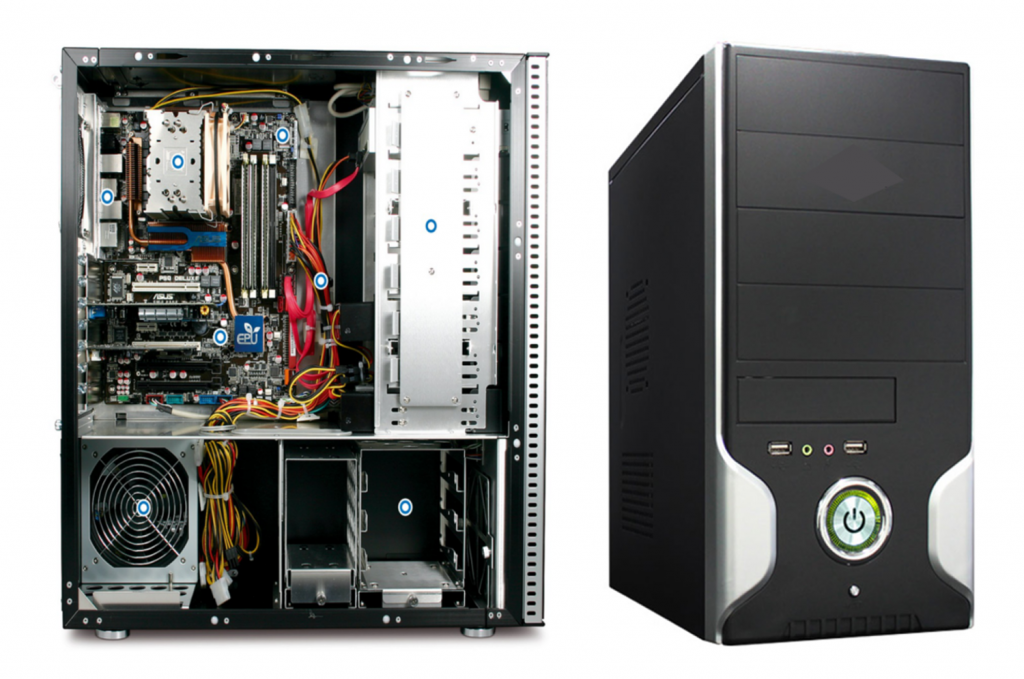Within the current fast-paced tech landscape, following the most recent advancements can come at a steep cost. Nonetheless, astute tech enthusiasts and budget-conscious consumers are uncovering a world of opportunities in extra computer components. If you’re building a new rig from scratch, enhancing an existing setup, or simply looking for replacement parts, buying surplus can maximize your tech budget without sacrificing quality.
This guide will support you understand the sometimes overwhelming market of surplus computer parts. From comprehending what to look for in a used motherboard to ensuring the reliability of surplus RAM, our comprehensive tips and insights will allow you to make wise decisions. We will examine how to spot genuine components, discover great deals, and ultimately build the highest quality system possible without breaking the bank. We will dive into the definitive guide to buying surplus computer parts and discover how to unlock extraordinary value in your tech journey.
Buying Surplus PC Items: A Thorough Guide
Regarding stretching your tech budget, acquiring extra computer components can be a significant advantage. Such items often provide good quality, allowing you to enhance or assemble systems without spending a fortune. Nonetheless, navigating the surplus market requires expertise and a keen insight for quality. Understanding what to seek in these parts can mean the difference between a good purchase and a pricey mistake.
One of the first actions in buying excess computer parts is to familiarize yourself with the varieties and qualities of components available. From mainboards and central processing units to RAM and power supplies, knowing the details you require is essential. Review reviews and performance metrics to ensure you're selecting parts that will function cohesively properly. Investigating manufacturers known for dependability can also help you decide confidently.
Another critical factor of buying excess items is checking their condition. Always make sure to check about the usage background and warranty, if available. Look for detailed pictures and specifications of the components to recognize any noticeable wear and tear. When possible, examining the components in person before committing to a transaction can provide additional reassurance and help make sure you are receiving the best worth for your money.
Important Factors When Purchasing Pre-owned Components
When looking for used computer components, the primary consideration should be the vendor. Reputable vendors typically offer a guarantee or return policy, which ensures peace of mind in case the part does not perform as expected. Seek out well-known sellers with good reviews or endorsements from other professionals. Additionally, consider exploring online marketplaces and local retailers known for dealing in excess parts. This can help ensure that you are getting genuine components that are less likely to be counterfeit or faulty.
It's also crucial to evaluate the state of the components before making a buy. Check for any indicators of wear, such as rust, corrosion, or physical damage. For parts like graphics cards and mainboards, check any capacitors that may be protruding or leaking. Testing functionality, if possible, is an ideal way to ensure the component functions correctly. If you are unable to evaluate the item on-site, ask the seller about their testing process and how they guarantee the functionality of their used parts.
Lastly, fit must be thoroughly assessed before committing to a buy. Ensure that Read Full Article used parts you are interested in are compatible for your existing system in terms of compatibility with the motherboard, PSU, and other components. Research specifications and seek out user reviews to understand potential problems with compatibility. This thoughtful approach will help in preventing pitfalls misconfiguration, ensuring that you maximize the efficiency and worth of your tech budget.
Examining and Verifying Surplus Electronic Parts

While acquiring excess computer parts, it's important to validate that the items you acquire are operational and trustworthy. Begin by carefully inspecting each item for indications of defects, corrosion, or wear. Check for misaligned pins on CPUs, staining on circuit boards, and any notable irregularities that may imply previous damage. A comprehensive inspection can aid you prevent potential problems down the line.
Once you have you completed analyzed the structural condition, it's time to check the parts if practical. For components such as video cards, mainboards, and PSUs, utilize measurement tools and programs to assess their performance. Running performance tests can reveal how the items handle extended use and their operating capacities. Any irregularities during these tests can notify you to potential breakdowns, enabling you to make educated choices.
Finally, checking the suitability of surplus parts with your present setup is essential. Review details and do detailed research on component compatibility, particularly for circuit boards and CPUs, as they have strict criteria regarding connectors and compatible RAM variations. Identifying what https://larson-harboe-3.thoughtlanes.net/the-potential-of-surplus-computer-parts-in-learning require and making sure that each excess component works harmoniously with your configuration will assist you avoid headaches and maximize your tech spending effectively.
